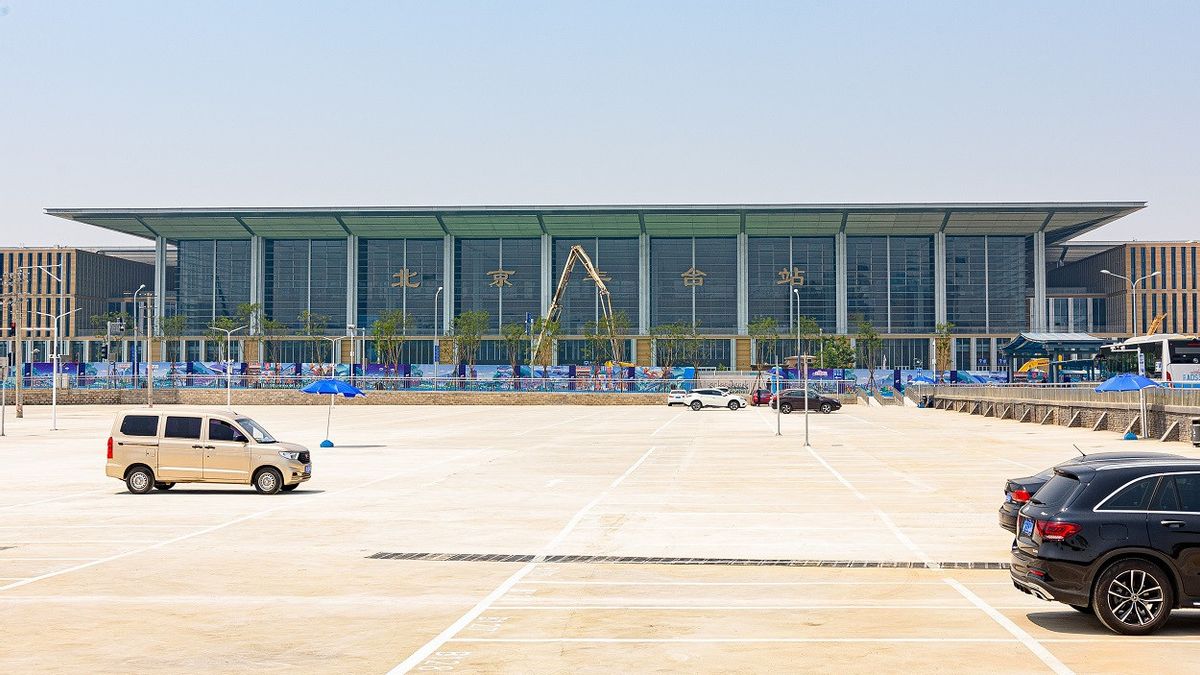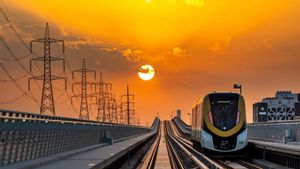JAKARTA - Beijing Fengtai Railway Station, which was built in 1895, has completed a multi-year renovation process and reopened on 20 June.
The redesigned station, billed as the largest in Asia, has 32 train platforms, plus departure lounges, restaurants and other facilities spread over 400,000 square meters.
At its peak, the new station was designed to accommodate around 14,000 passengers per hour, coming from three types of services, bullet trains, regular trains and subways.
"The two-layer shipyard design, with the bullet train running on top and the regular speed train running on the ground, saves a lot of space," Ma Hui, the construction project's chief engineer, told the state newspaper China Daily.
"The unique design has changed the layout of the traditional train station. This is an innovative way to organize the function of the train station," he added.
One such unique feature is the photovoltaic power plant on the roof, which generates power for the building.
Although China remains closed to most international tourists, Fengtai already serves rail routes from the capital to Shanghai, Guangzhou and other hubs.
A link from Fengtai to Hong Kong's Kowloon station is on deck, as the city reopens its borders with the mainland.
It is well known that making train travel faster is a huge task in the world's most populous country.
By 2020, 75 percent of Chinese cities with a population of 500,000 or more will have high-speed rail ink. The goal is to have 70,000 kilometers (44,000 miles) of high-speed rail cover the country by 2035.
And it's not just about connecting China's territory. As a core element of the country's global Belt and Road infrastructure initiative, rail is a way for China to forge closer ties with other nearby countries.
To note, the 620-mile railway linking Laos with the Yunnan Province in southern China has been opened in October 2021.
China also wants to set records with its infrastructure projects. The world's deepest railway station, Badaling Great Wall Station on the outskirts of the Chinese capital, makes its debut ahead of the 2022 Beijing Winter Olympics.
The English, Chinese, Japanese, Arabic, and French versions are automatically generated by the AI. So there may still be inaccuracies in translating, please always see Indonesian as our main language. (system supported by DigitalSiber.id)













